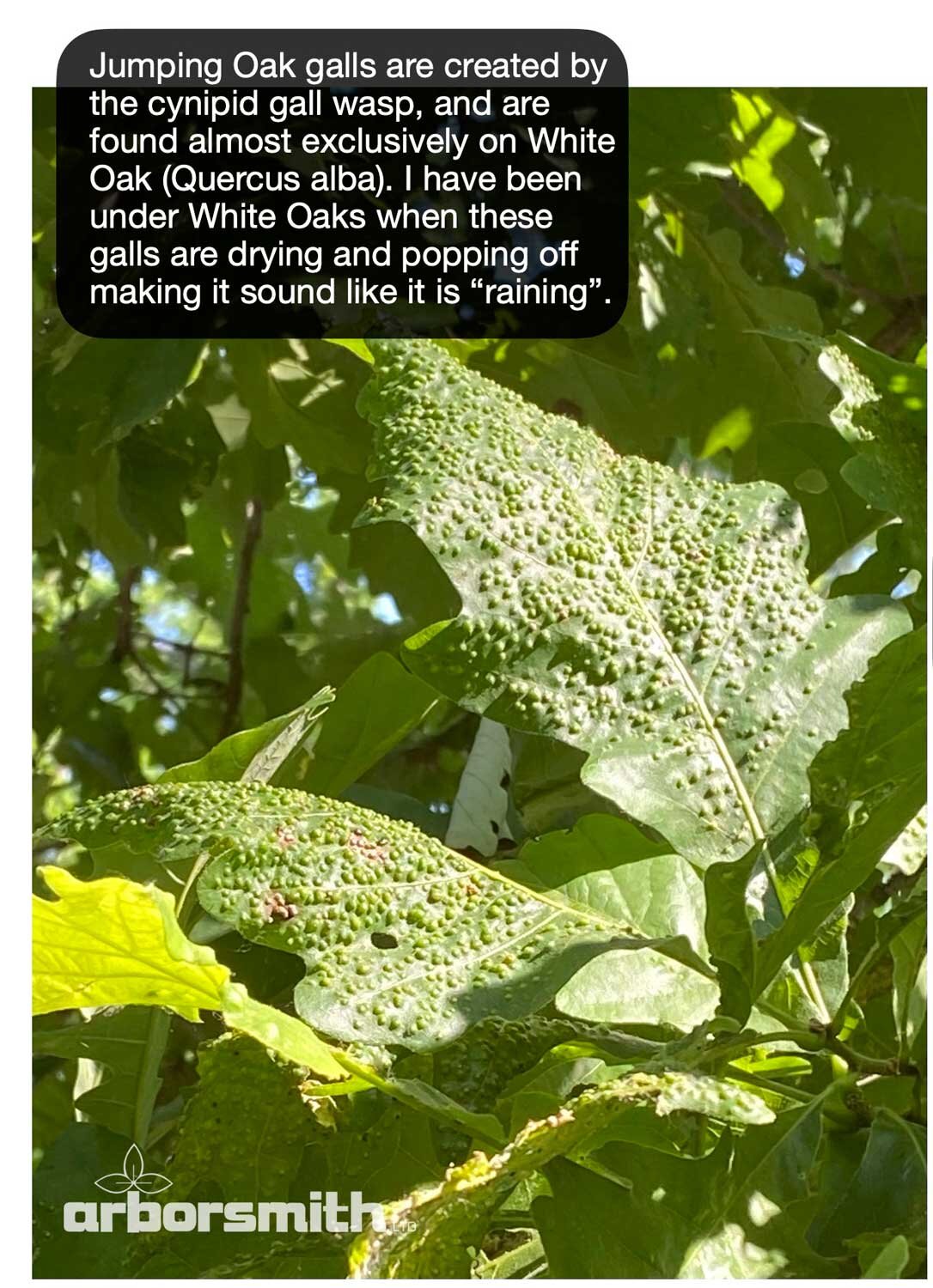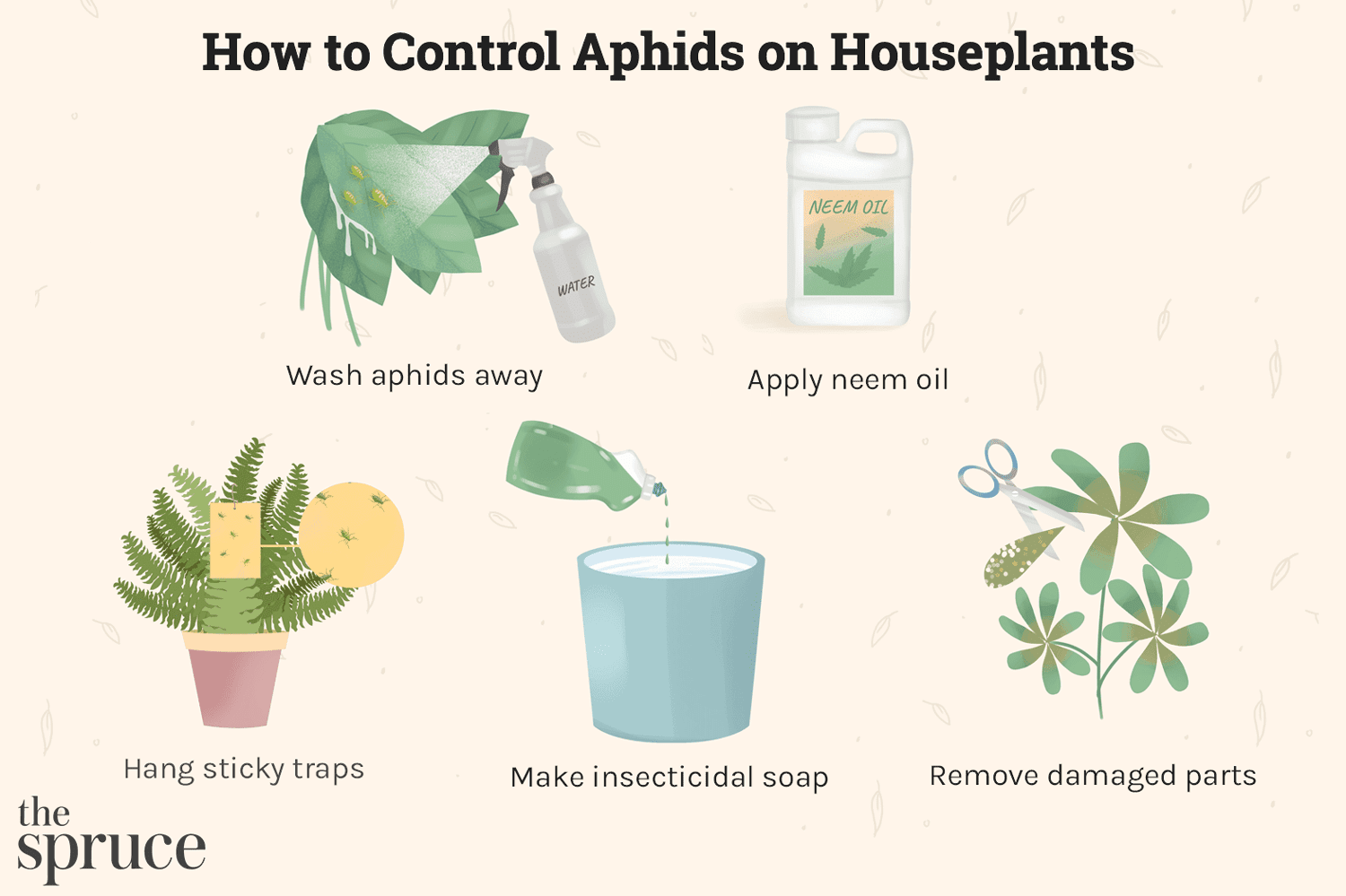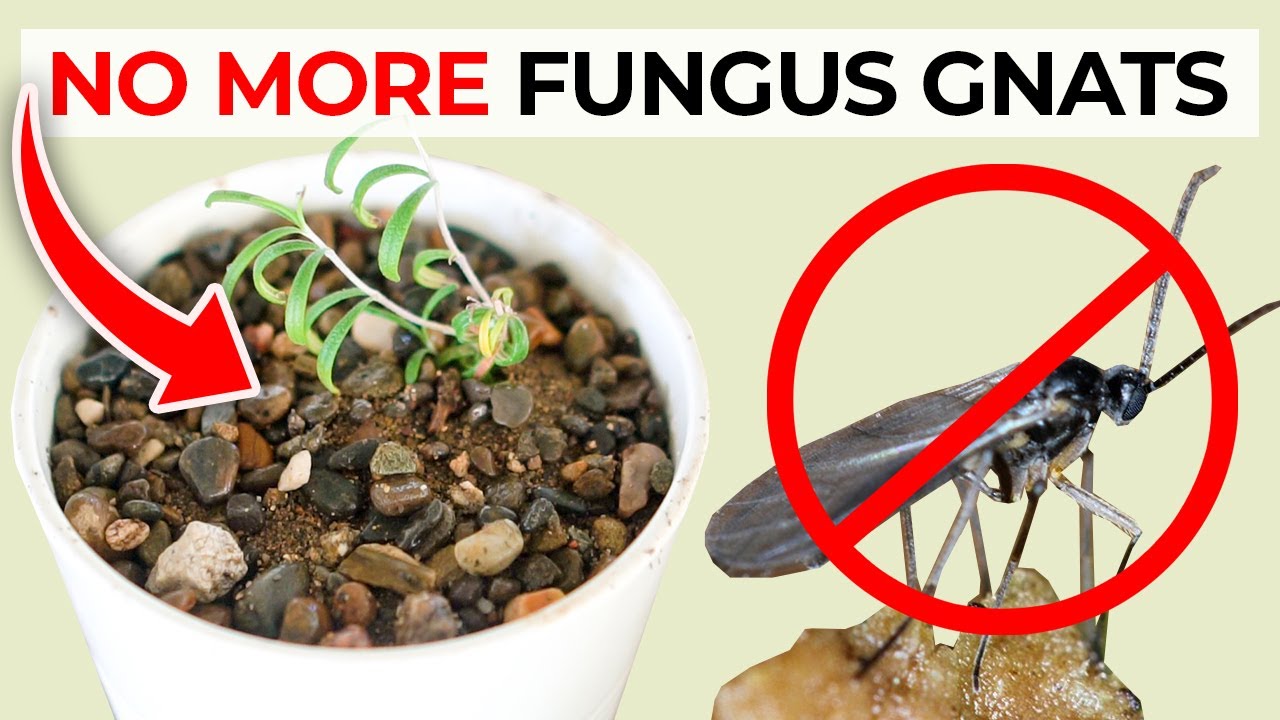Why are my plant’s leaves developing bumps?
Have you noticed strange bumps or growths on your plant’s leaves? You’re not alone. This common issue can be caused by a variety of factors, and it’s important to identify the root cause in order to properly address it. In this article, we’ll explore some of the most common reasons why your plant’s leaves may be developing bumps, and what you can do to help your plant thrive.
1. Pests
One of the most common reasons for bumps on plant leaves is pest infestation. Insects such as aphids, scale insects, or spider mites can all cause bumps or warty growths on leaves as they feed on the plant’s sap. These pests can typically be seen on the underside of leaves or along the stems. To get rid of these pests, you can use insecticidal soap or neem oil, and make sure to isolate the infected plant to prevent the pests from spreading to other plants.
2. Fungal or Bacterial Infections
Another common cause of bumps on plant leaves is fungal or bacterial infections. These infections can manifest as raised bumps, spots, or blisters on the leaves. To prevent the spread of these infections, make sure to remove and dispose of any infected leaves, and avoid overhead watering which can create moist conditions ideal for fungal growth. You can also use fungicides to treat the infection and prevent it from spreading.
3. Environmental Stress
Environmental stress, such as extreme temperatures, drought, or improper lighting, can also cause bumps on plant leaves. When a plant is under stress, it may develop abnormal growths as a response. Make sure to provide your plant with the proper care it needs, including consistent watering, appropriate lighting, and the right temperature range. By creating a healthy environment for your plant, you can help prevent bumps from forming on its leaves.
4. Nutrient Deficiencies
One final reason for bumps on plant leaves could be nutrient deficiencies. If a plant is lacking essential nutrients such as nitrogen, phosphorus, or potassium, it may develop abnormal growths or discoloration on its leaves. To address this issue, make sure to fertilize your plant regularly with a balanced fertilizer, and consider using a soil test kit to determine any specific nutrient deficiencies. By providing your plant with the proper nutrients it needs, you can help prevent bumps and promote healthy growth.
In conclusion
There are several potential reasons why your plant’s leaves may be developing bumps, ranging from pests and infections to environmental stress and nutrient deficiencies. By identifying the root cause of the issue, you can take the necessary steps to help your plant recover and thrive. Remember to provide your plant with the proper care it needs, including regular watering, appropriate lighting, and nutrient-rich soil. With the right care and attention, you can help your plant grow healthy and strong, free from unsightly bumps on its leaves.



